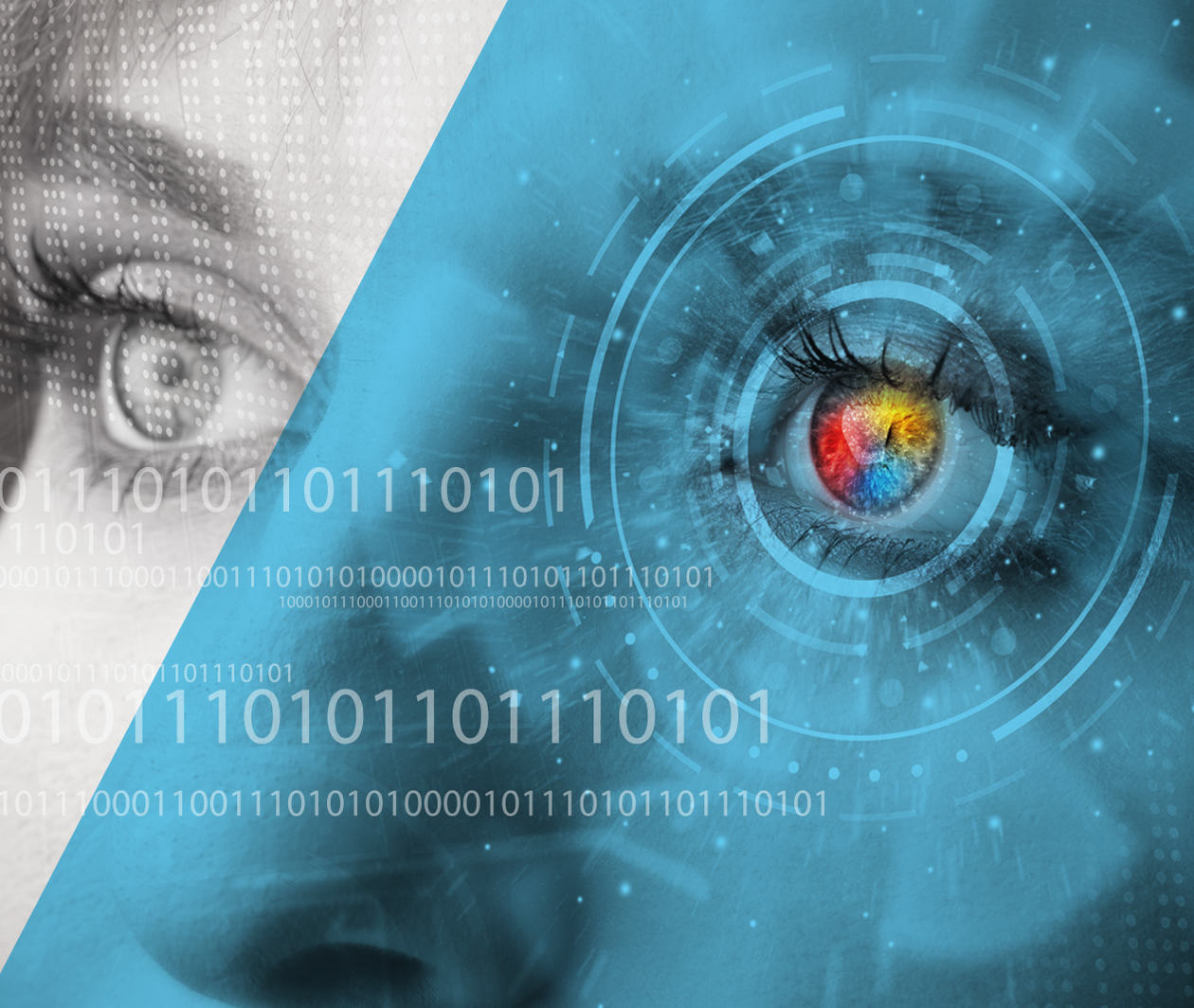
Duration
3 weeksWeekly study
3 hours
Robotic Vision: Principles of Vision
Other courses you might like
This course isn't running right now. We can email you when it starts again, or check out these other courses you might like.
Browse more in IT & Computer Science
Explore the principles of human vision
To be able to programme a robot to see, you must first have an understanding of the principles of vision.
On this three-week course, you’ll build a strong foundation of knowledge as you delve into human vision and aspects of sight.
You’ll explore the human eye and examine light, reflection, and perspective to gain a full understanding of vision before learning how this can be applied to robotics.
Understand the programming skills needed for robot vision
Robot vision relies on the same aspects of human vision but uses cameras and computers instead of eyes and a brain.
You’ll explore how cameras work and how computers see images to understand the functionality of robotic vision.
To apply the principles of vision to robotic function, you need to use mathematical and programming skills. This course will take you through MATLAB programming language and environment, supporting you as you build practical skills in robotics.
Learn robotics from the experts at Queensland University of Technology
Using video demonstrations and other visuals designed by the experts at Queensland University of Technology, you’ll see real-life examples and be able to reflect on the nature of robotic vision for specific tasks.
This course will help you build confidence in robotics and develop skills used to programme a robot to see.
What topics will you cover?
- how vision works
- human vision and the human eye
- robot vision
- light, light sources and reflection
- how cameras see
- aspects of vision – 3D, geometry, perspective and brightness
- image input – how computers see images
- image features.
Learning on this course
On every step of the course you can meet other learners, share your ideas and join in with active discussions in the comments.
What will you achieve?
By the end of the course, you‘ll be able to...
- Explain the principles of vision
- Apply the principles of vision to robotic function
- Reflect on the nature of robotic vision for specific tasks
Who is the course for?
This course is designed for those familiar with concepts from advanced high-school mathematics or undergraduate engineering.
You should also have some programming knowledge. You can enrol in the MATLAB Onramp tutorial here.
What software or tools do you need?
This course contains practice activities in MATLAB. However, you won’t need to download the MATLAB software to complete the course (although if you already have it you are welcome to use it). The MATLAB exercises are embedded within the course, or you can use a version of MATLAB Online for which you’ll be provided a log-in and instructions for importing the Machine Vision Toolbox for MATLAB. You don’t need to own a robot, or have a robot kit, to take this course.
Who will you learn with?
Professor of Robotic Vision at QUT and Director of the Australian Centre for Robotic Vision (ACRV). Peter is also an IEEE fellow and on the editorial board of several robotics research journals.
PhD Candidate with the Australian Centre for Robotic Vision researching towards robust visual object recognition to facilitate useful robotic tasks.
Dr Pepperell completed his PhD in robotic vision at QUT in 2016, with a research focus in vision-based place recognition.
Who developed the course?
Established
1989Location
Brisbane, AustraliaWorld ranking
Top 180Source: Times Higher Education World University Rankings 2019
Learning on FutureLearn
Your learning, your rules
- Courses are split into weeks, activities, and steps to help you keep track of your learning
- Learn through a mix of bite-sized videos, long- and short-form articles, audio, and practical activities
- Stay motivated by using the Progress page to keep track of your step completion and assessment scores
Join a global classroom
- Experience the power of social learning, and get inspired by an international network of learners
- Share ideas with your peers and course educators on every step of the course
- Join the conversation by reading, @ing, liking, bookmarking, and replying to comments from others
Map your progress
- As you work through the course, use notifications and the Progress page to guide your learning
- Whenever you’re ready, mark each step as complete, you’re in control
- Complete 90% of course steps and all of the assessments to earn your certificate
Want to know more about learning on FutureLearn? Using FutureLearn
Do you know someone who'd love this course? Tell them about it...
You can use the hashtag #FLrobotvision1 to talk about this course on social media.
